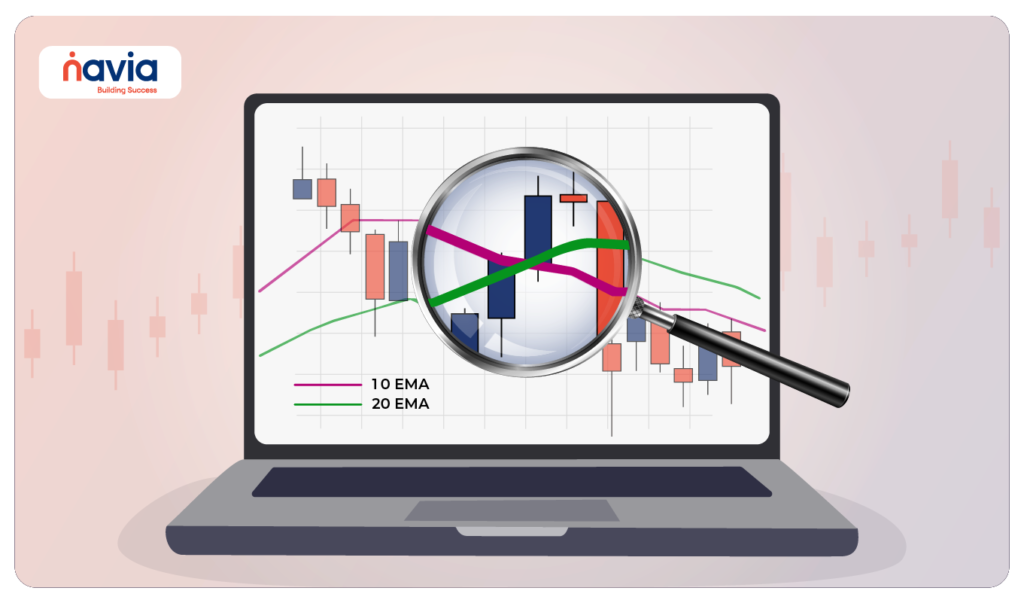Surfing Market Sentiment: Anika and Ria’s Stock Adventure

Setting the Scene: Anika and Ria’s Financial Chat
The sun was beginning its descent, casting long shadows on the golden sands of Marine Drive. As the day’s heat subsided, two sisters, Anika and Ria, found a cozy spot beneath a palm tree to relax and chat. Anika, the younger of the two, had recently developed an interest in the stock market.
“Ria, you know so much about everything,” Anika began, propping herself up on an elbow. “I’ve been hearing a lot about this thing called ‘market sentiment.’ It’s like the overall mood of the market, right?”
Breaking Down Market Sentiment: Ria’s Explanation
Ria, the elder sister with a knack for explaining complex things simply, chuckled. “Exactly, Anika. Imagine the market as a big group of people. Sometimes they’re excited and buying everything in sight, and other times they’re cautious, holding onto their money. That’s market sentiment for you.”
Intrigued, Anika continued, “So, it’s like how people feel about the market?”
“Absolutely,” Ria replied. “It’s influenced by everything from economic news to company performance. And it can be a game-changer.”
The Impact of Optimism and Pessimism: Bull and Bear Markets
“How so?” Anika asked, leaning in.
“Well, when investors are feeling optimistic, they tend to buy more stocks,” Ria explained. “This increased demand can push prices up, creating what we call a bull market. But if they’re feeling pessimistic, they might sell their stocks, which can drive prices down.”
Anika nodded, trying to grasp the concept. “So, market sentiment can make or break a stock?”
“Definitely,” Ria agreed. “It’s like the waves of the sea. Sometimes they’re high, sometimes low. And just like surfers, investors try to ride the waves.”
Tools of the Trade: Gauging Market Sentiment
“How do people figure out what the market is feeling?” Anika asked.
“That’s where it gets interesting,” Ria said. “We look at financial reports, social media buzz, and even use special tools to measure investor behavior. It’s like reading the tea leaves of the market.”
Anika was impressed. “It sounds complex.”
“It can be,” Ria admitted. “But understanding market sentiment can give you a head start. It’s not a surefire way to make money, but it helps you make informed decisions.”
Tools like moving averages can help you gauge market sentiment. By understanding when the market is optimistic or pessimistic, you can make more informed investment decisions.

Curious about moving averages and other key indicators? Dive into our latest blog
for a comprehensive and engaging exploration! READ MORE
Navigating Your Investment Journey: Insights and Encouragement
As the sun dipped below the horizon, casting a warm glow on the Arabian Sea, Anika and Ria continued their conversation, the rhythmic lapping of waves providing a soothing backdrop to their exploration of the financial world.
Understanding market sentiment is like learning to read the ocean’s waves—it’s a skill that enhances your investment journey. It’s like having a compass on your financial journey; it guides you but isn’t the only factor to consider. While understanding the market’s mood is essential, taking the first step into investing is even more crucial.
Just as Anika and Ria embarked on their investment adventure, you’ve begun your own exciting journey. Remember, the market is a dynamic ocean with waves of opportunity. With Navia as your trusted vessel and knowledge as your sail, you can navigate these waters with confidence.

Every investor’s journey is unique. There will be calm seas and stormy weather. But with the right tools and a thirst for knowledge, you can turn every wave into a chance to grow your wealth. So, what are you waiting for? Dive in, explore, and let your investment adventure begin!
Remember, investing involves risks. It’s essential to do thorough research or consult with a financial advisor before making investment decisions.
We’d Love to hear from you





